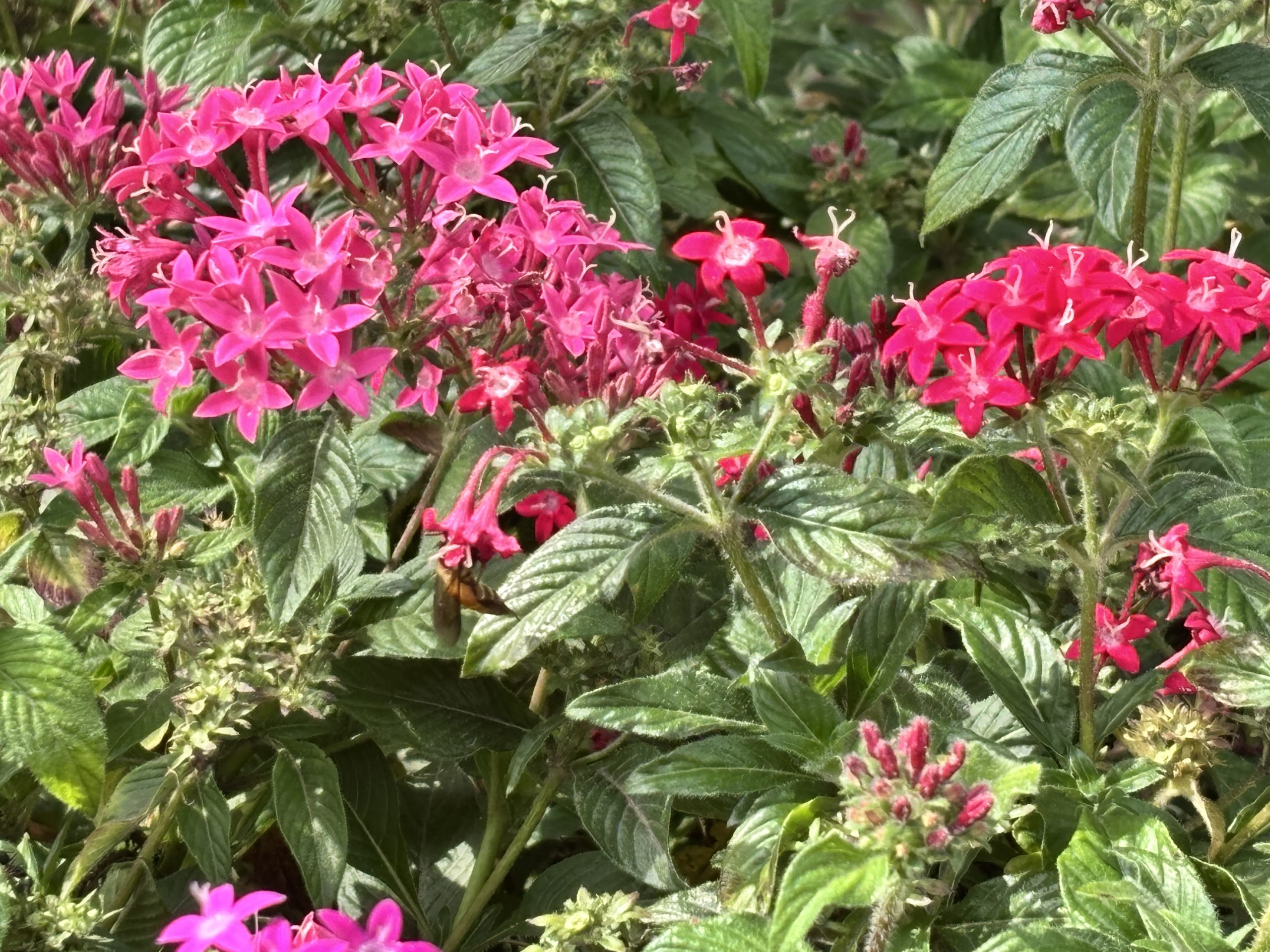A Serene Walk Through Lalbagh Botanical Garden – Bengaluru’s Green Retreat
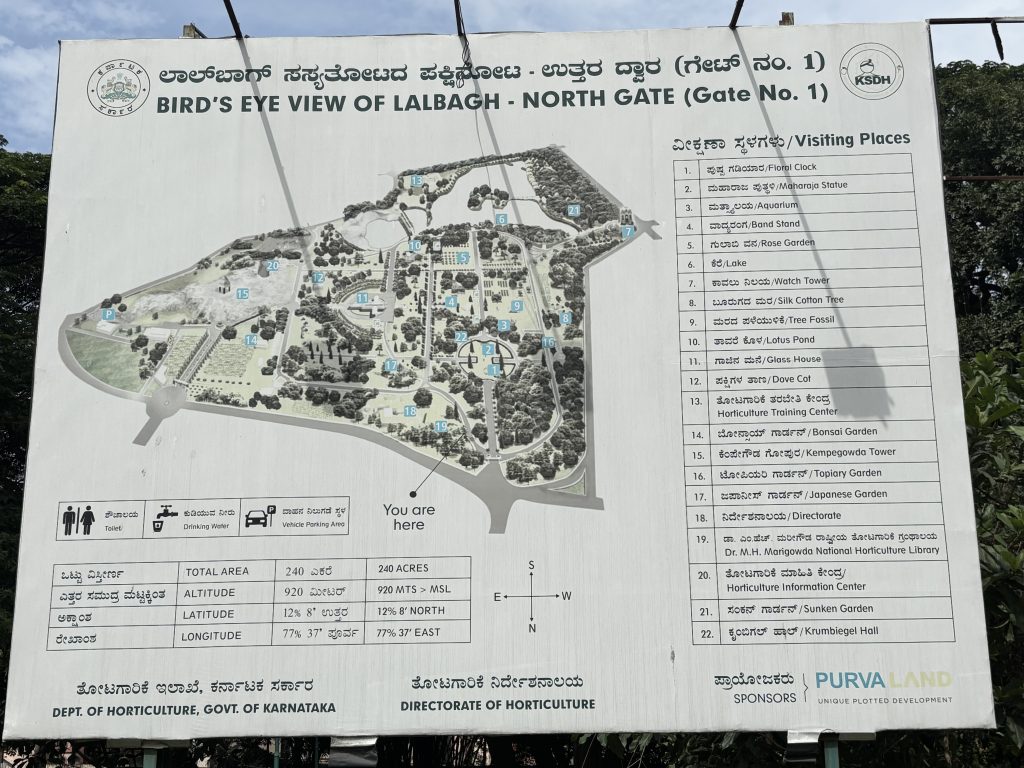
Bengaluru may be India’s tech capital, but nestled right in its bustling core is a peaceful escape into nature — Lalbagh Botanical Garden. With over 240 acres of greenery, ancient rocks, exotic plants, and iconic landmarks, Lalbagh is the perfect spot for a morning walk, a photography stroll, or a family picnic.
Let’s take a step-by-step walk through this historic garden.
Begin at the West Gate: Ancient Rock & Panoramic Views
Enter through the West Gate and walk straight up to the Kempegowda Tower, built by the city’s founder. This hilltop sits on one of the world’s oldest rock formations — over 3 billion years old!
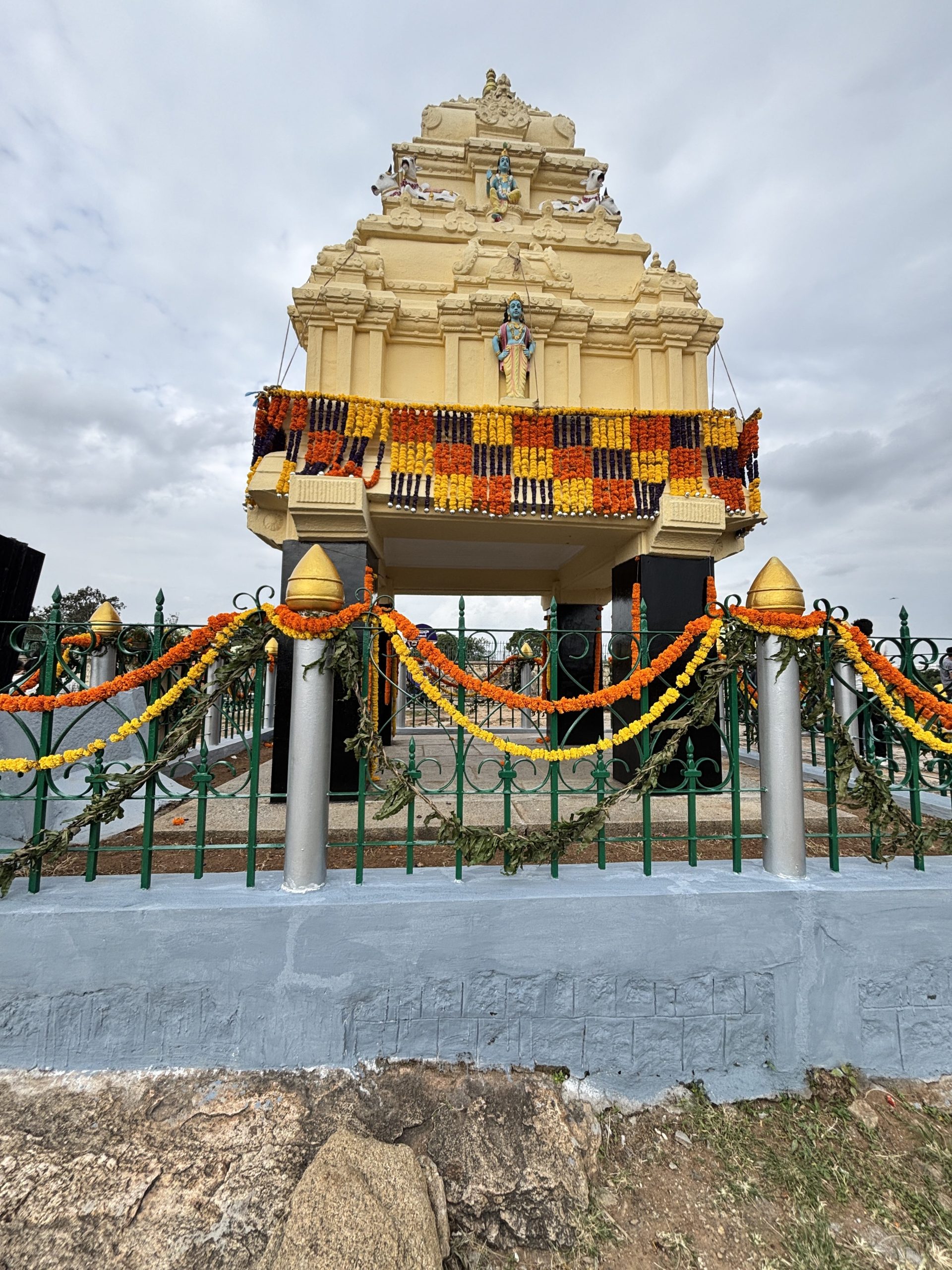
Climb up for a panoramic view of Lalbagh — the perfect spot to snap your first photo!
The Majestic Glass House
Next, walk toward the center of the garden to witness the architectural beauty of the Glass House. Built in 1889, it’s inspired by London’s Crystal Palace.
Don’t miss the Flower Shows hosted here every Republic Day (Jan 26) and Independence Day (Aug 15) — a must-see explosion of colors and creativity.
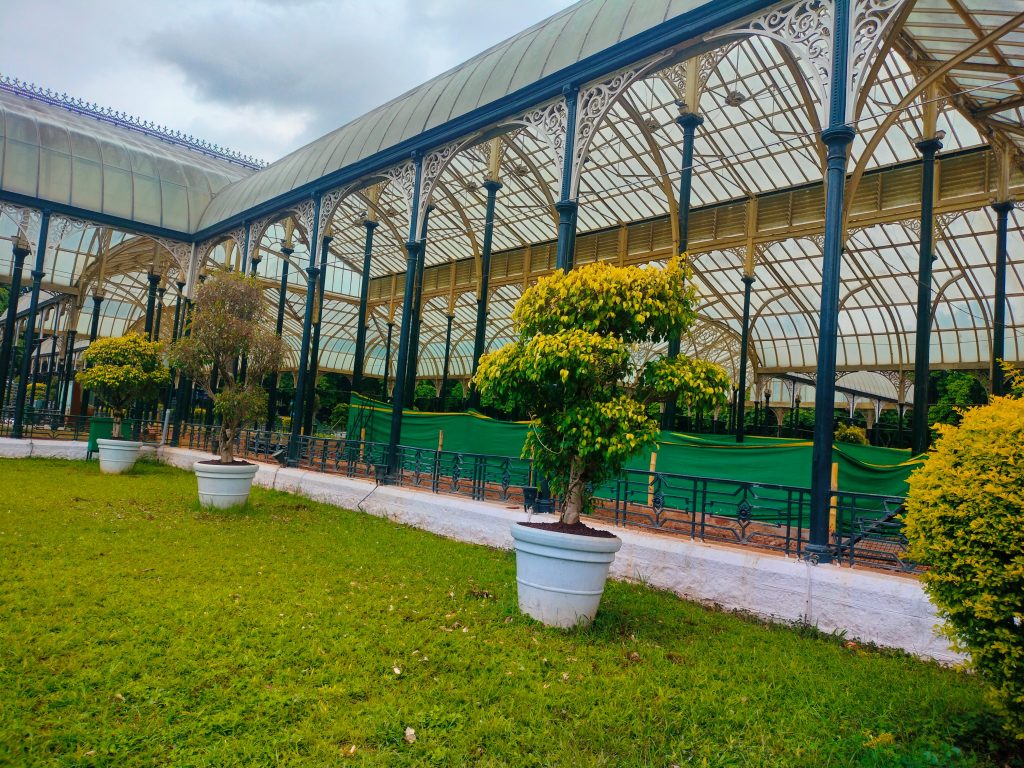
Rose Garden & Bonsai Collection
Just past the Glass House, you’ll find the Rose Garden, home to over 150 varieties of vibrant roses. Nearby is the Bonsai Garden, featuring miniature trees, some over 50 years old.
Perfect for plant lovers and peaceful reflection.
Discover Lalbagh Lake
Stroll further down to reach Lalbagh Lake, a serene spot surrounded by walking trails and shaded benches. It’s a birdwatcher’s paradise, often frequented by pelicans, egrets, and kingfishers.
Ideal for morning or evening walks.
And here we are — at Lalbagh’s most ancient resident! This is a 20-million-year-old fossilized tree trunk, originally from Tamil Nadu’s Tiruvakkarai fossil beds.
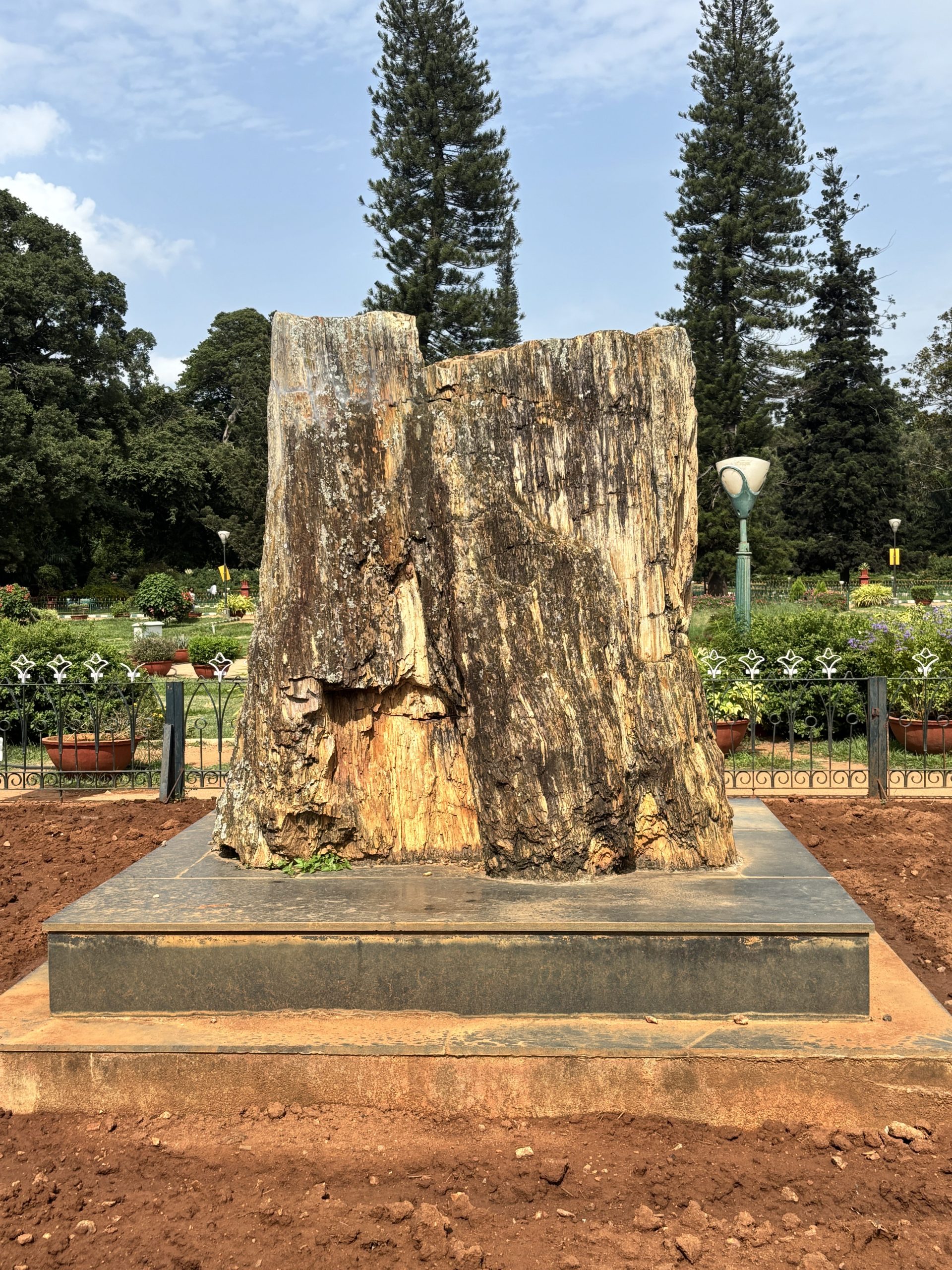
It’s not wood anymore — minerals have replaced every cell, turning it into stone while keeping its bark-like texture.
It’s about 35 feet long, and it’s been here since 1928, protected as a National Geological Monument. Imagine — when this tree was alive, there were no humans, no Bengaluru — just prehistoric forests and giant animals roaming the Earth.”
Rare Plants & The Plant Nursery
On the way to the South Gate, explore the Rare Plant Section, home to exotic species like the Cannonball Tree, Monkey Puzzle Tree, and more.
Don’t forget to visit the Nursery — plants and saplings grown here are available for sale, and are perfect for your home garden.
History Under Every Leaf
As you wrap up the walk, stop by the statue of Chamarajendra Wodeyar, one of the Mysore rulers who helped develop Lalbagh.
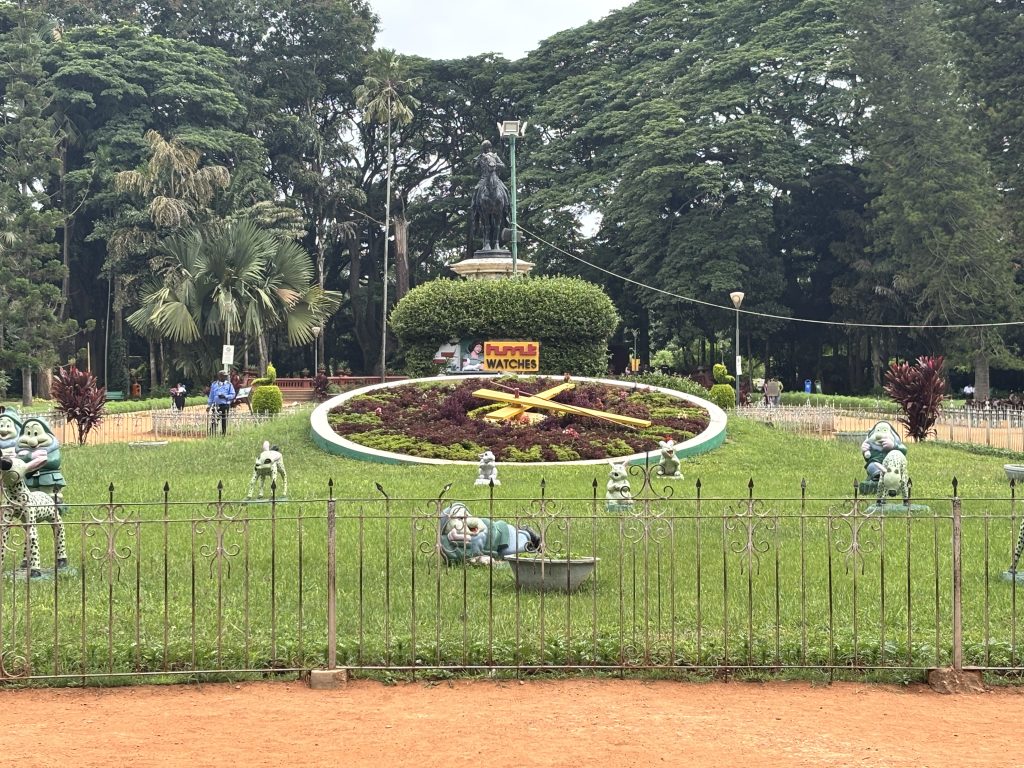
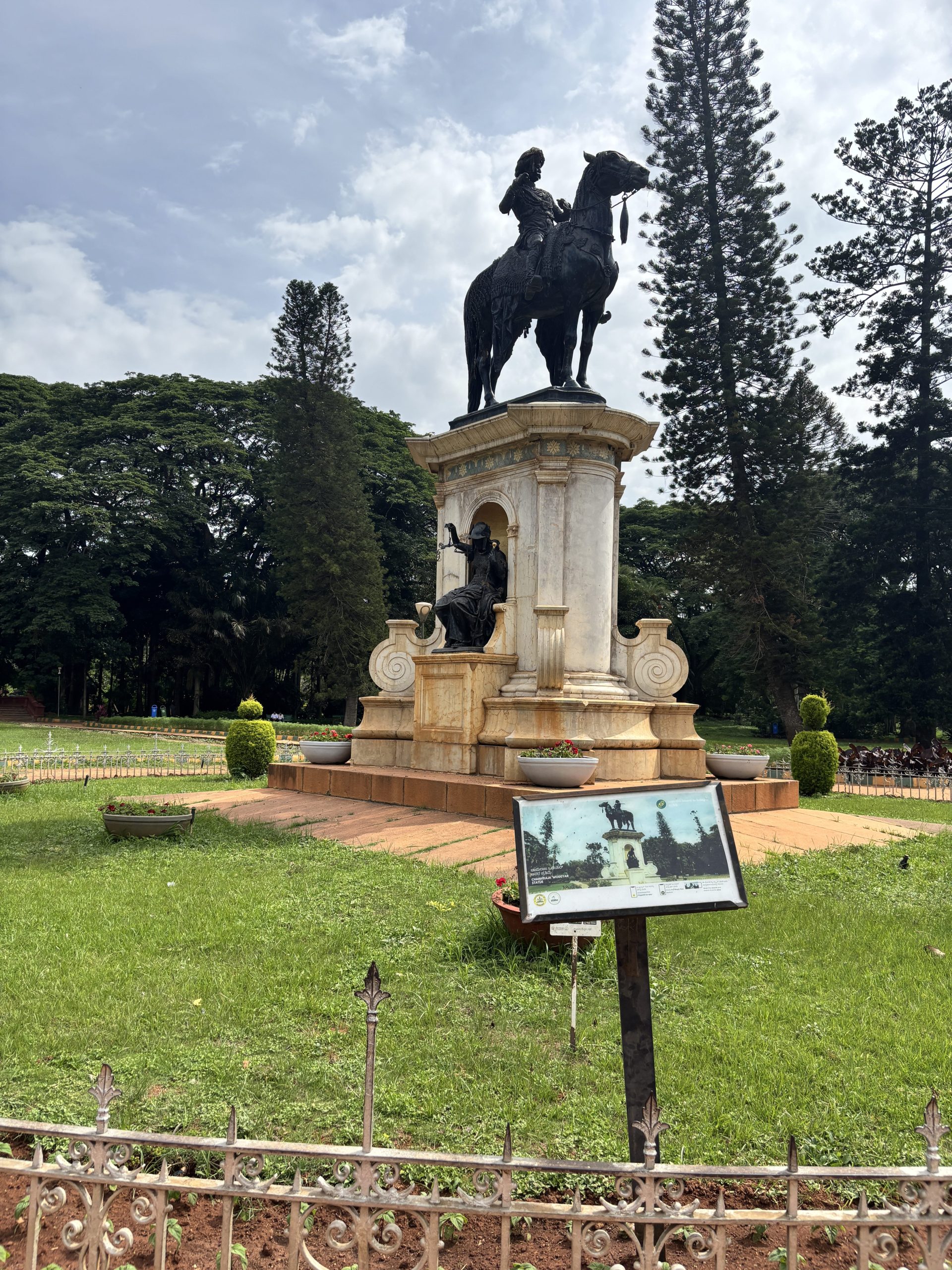
Did you know? Lalbagh was originally commissioned in 1760 by Hyder Ali and expanded by his son Tipu Sultan. It has evolved under Mughal, British, and Mysore influences into the beautiful blend we see today.
Before You Exit…
Grab fresh fruits and juices from the HOPCOMS stalls, or relax with your family in the open lawns and children’s play areas near the South Gate (which is also near the Lalbagh Metro Station).
In Conclusion
A visit to Lalbagh Botanical Garden isn’t just a walk — it’s a journey through history, botany, and serenity. Whether you’re a first-timer or a regular visitor, every stroll here reveals something new.
So next time you’re in the city, take a few hours to walk through Lalbagh — you might just fall in love with Bengaluru all over again.
• Best Time to Visit: Early morning or late afternoon
• Entry Fee: ₹50 (₹20 for children between 6 to 12)
• Nearest Metro: Lalbagh Metro Station (Green Line)

